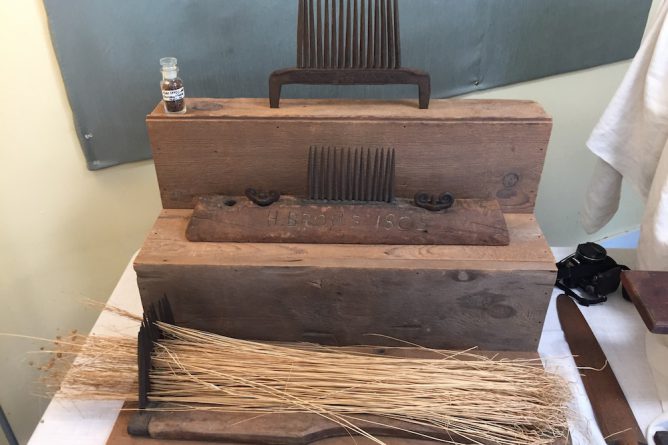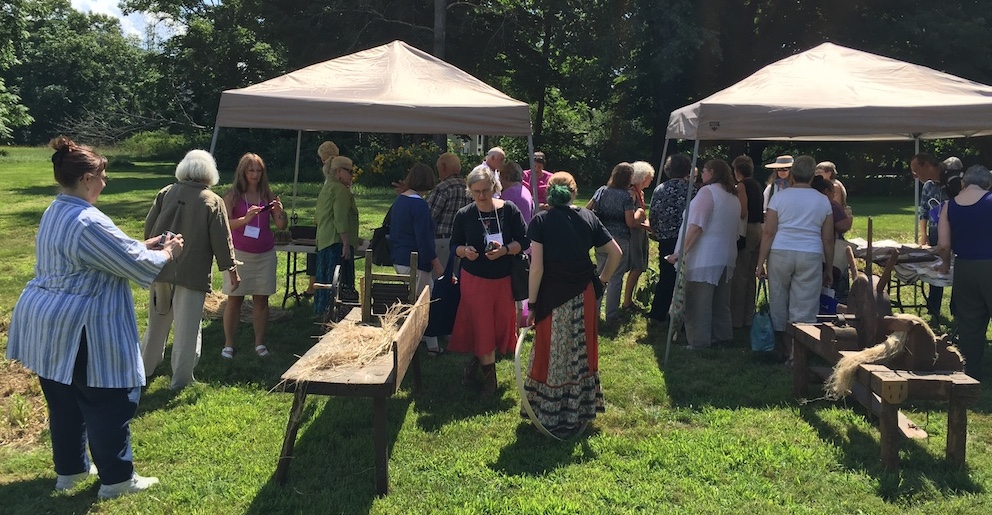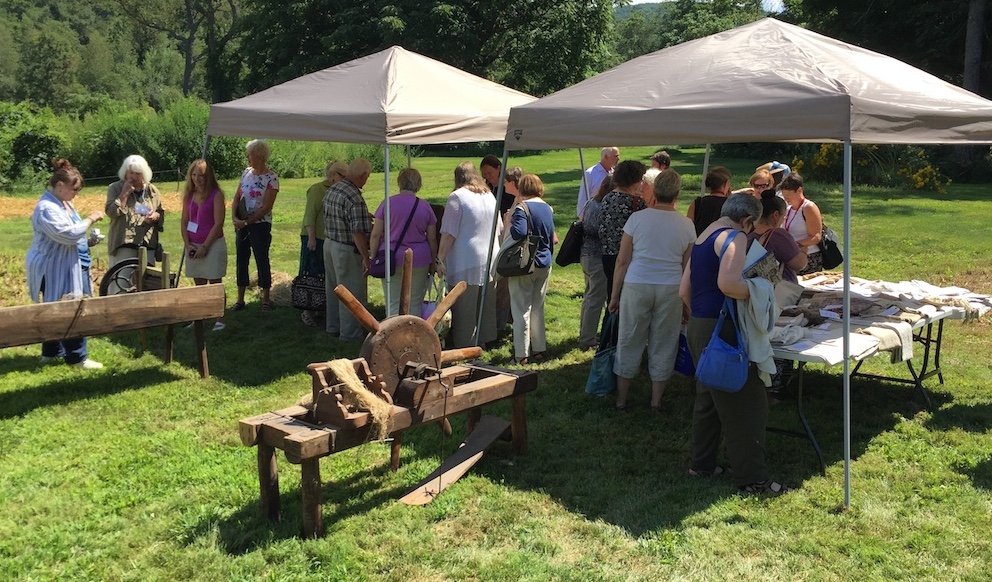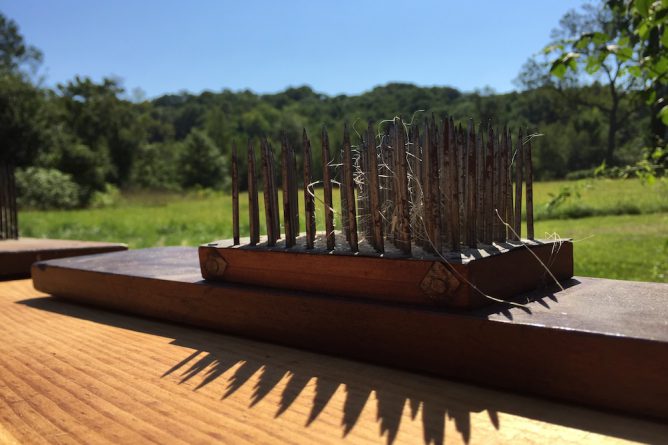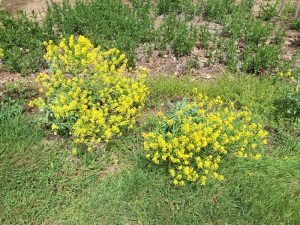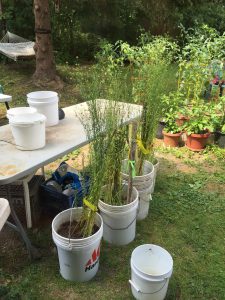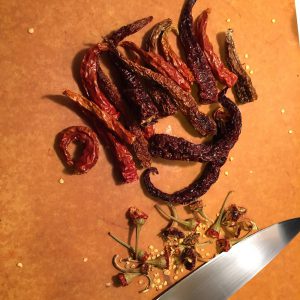After all the flax-related posts lately, you might be justified in thinking that I don’t care about dye plants anymore. Not true! I thought I’d kick off what I hope will be a series of posts about dye plants with a link to a fascinating article about recent research on lichen.
OK, technically a lichen isn’t a plant. What exactly is it? Well, I used to think that a lichen was a symbiotic organism composed of a fungus and an algae (perhaps more accurately, “alga” singular). My go-to definition is from Lichens of North America by Irwin M. Brodo, Sylvia Duran Sharnoff, and Stephen Sharnoff. This massive and beautiful book is one of my prized possessions, acquired from Raven Used Books in Northampton many years ago (FYI my beloved Matthew is a former employee and does their website, as well as websites for many other good folk). (12/30/2023 Edited: I updated the link to Lichens of North America. Also, Matthew is no longer a professional web worker.)
I abbreviate the definition here:
“[A] lichen is not a single entity, but a composite of a fungus and an organism capable of producing food by photosynthesis. Lichen fungi can associate with green algae or cyanobacteria (the latter also known as blue-green algae), or sometimes both […]. The special biological relationship found in lichens is called symbiosis.”
The authors also offer a sweet, almost diminutive term for the photosynthetic symbiont, “photobiont, for short,” which is a word I aspire to slip into casual conversation more often. (Well, OK, ever!)
However, please follow this link for some exciting new insights into the life of lichen ….

